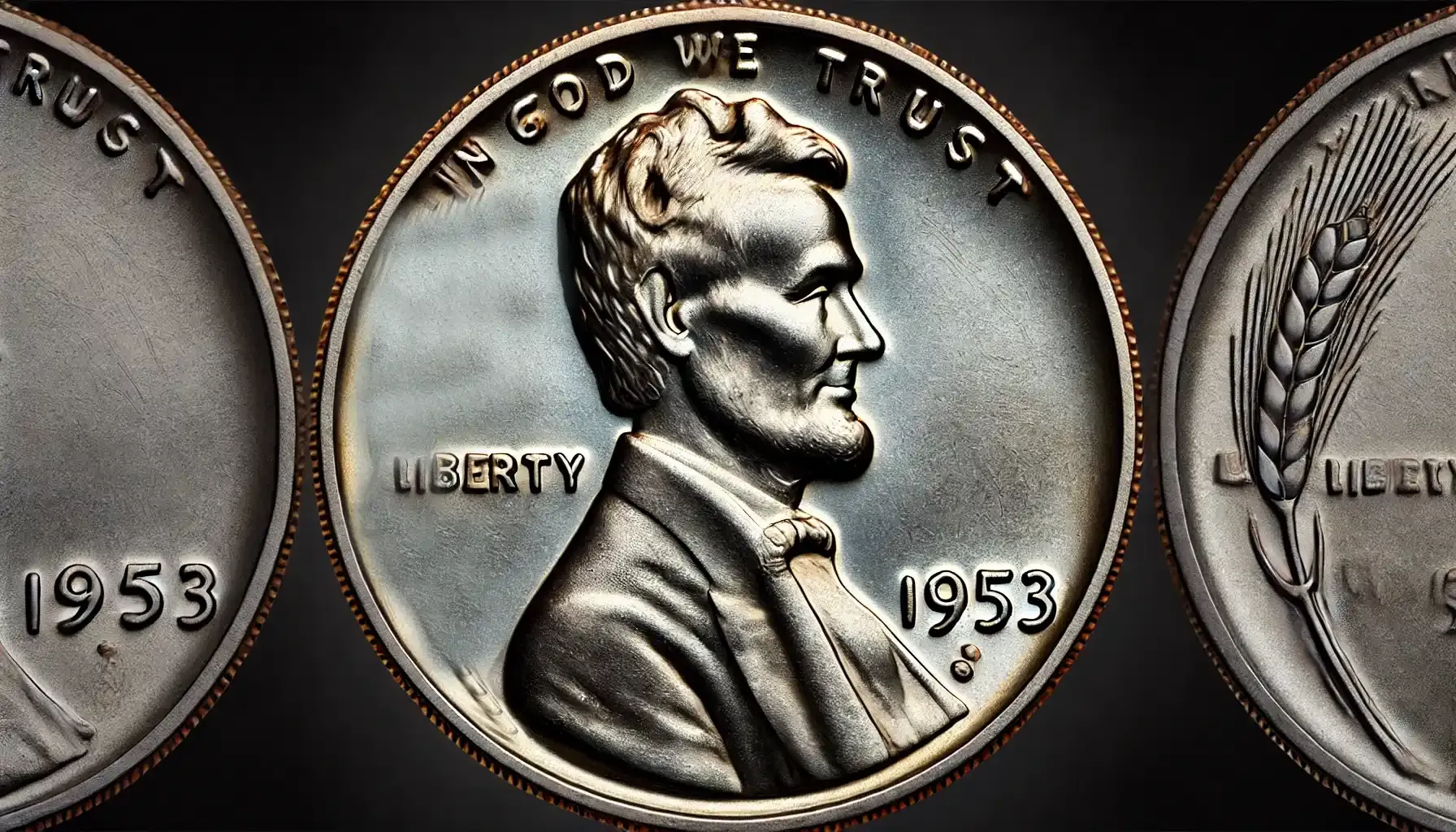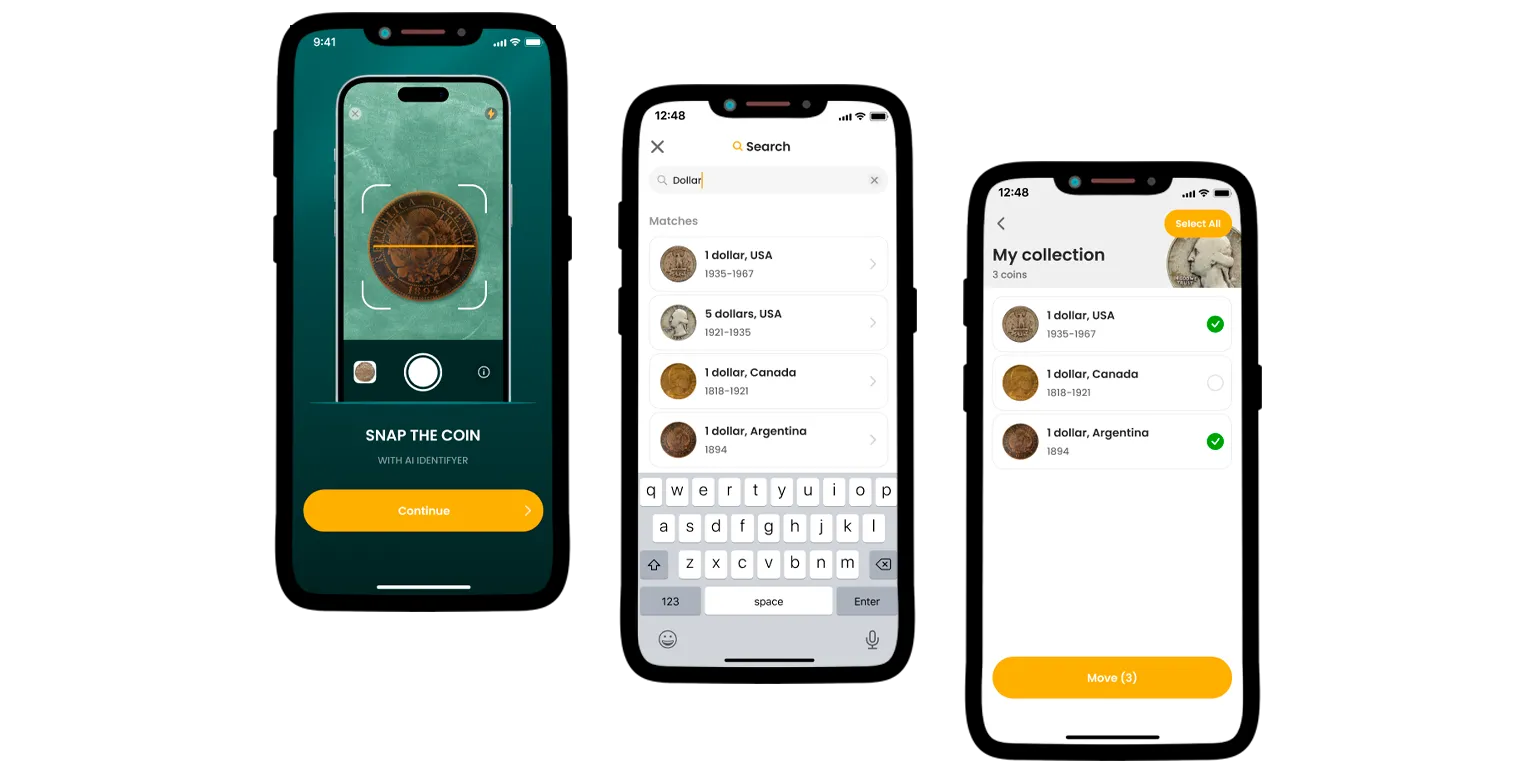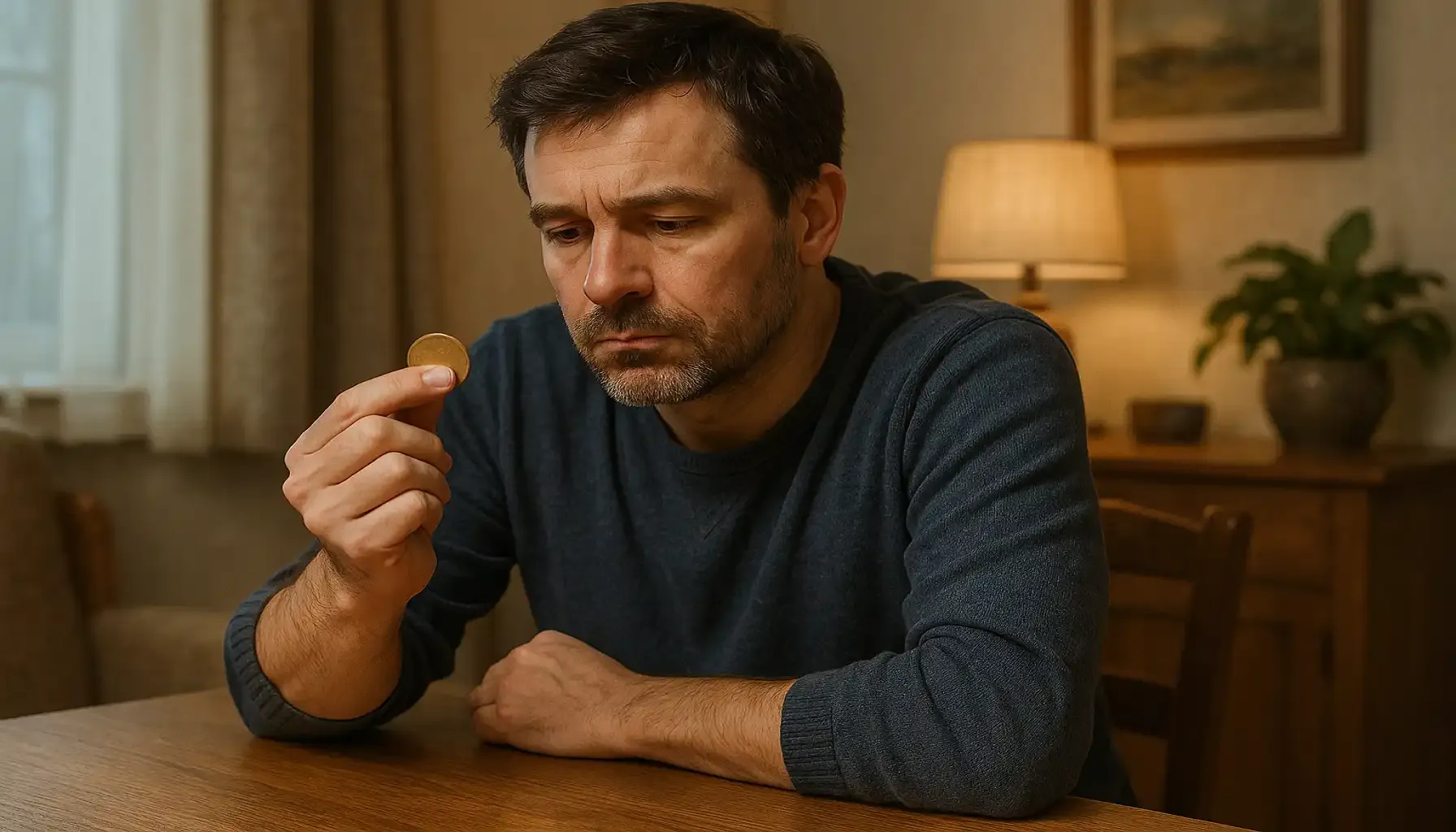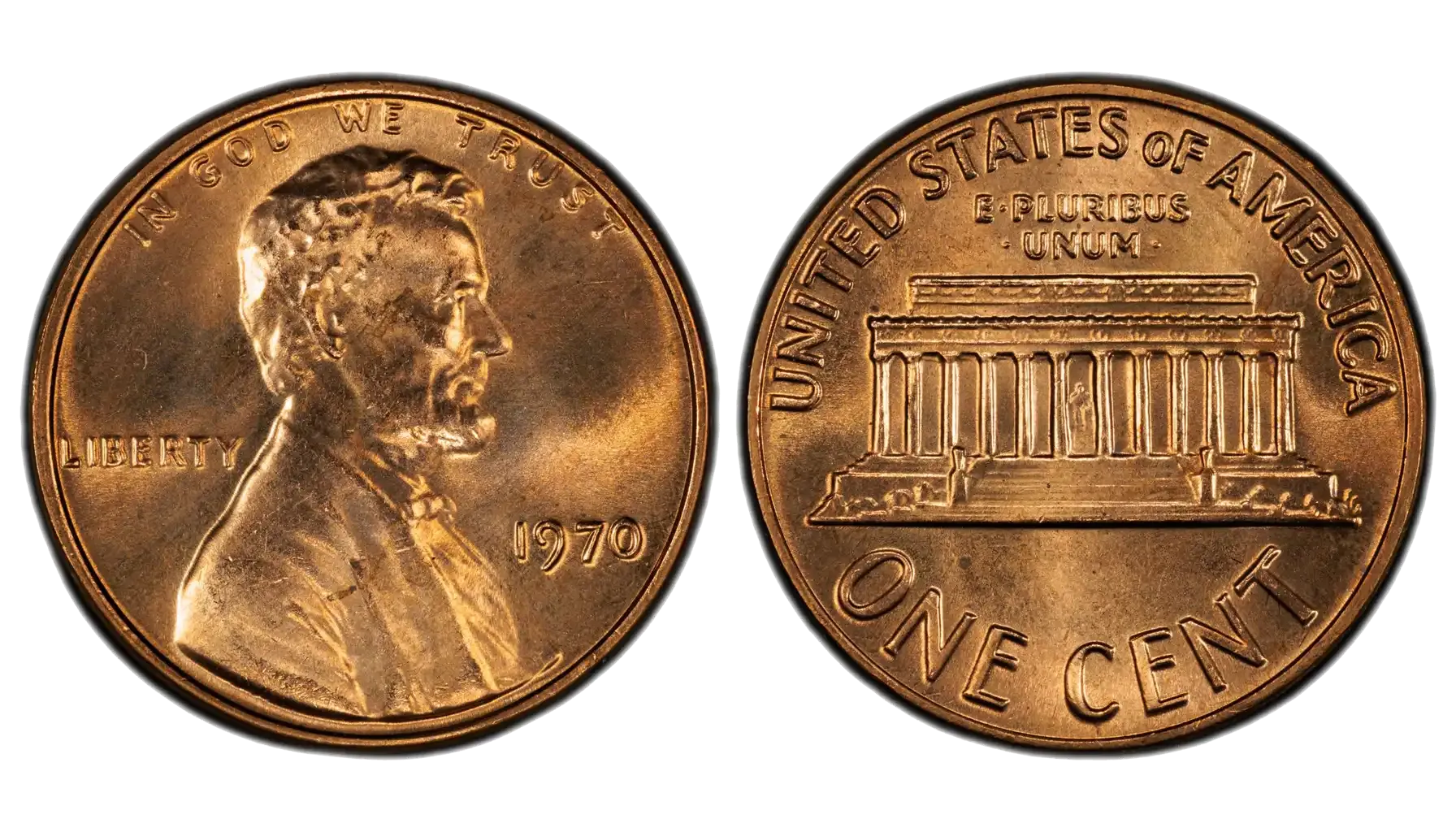Contents:
Some coins may have numerous versions that resemble each other, though presenting their own unique traits to the public. One such example refers to the Lincoln Penny, namely its earliest iteration, i.e., the 1953 Wheat Penny S. What is so special about the 1953 1 cent? What is the value of 1953 S Wheat Penny, is it worth purchasing in 2024?
For those who are still unsure whether it is a good idea to look for a 1953S penny to incorporate into their collection, we have compiled a quick material with all the essential details about this coin, its origin, design peculiarities, coin value checkers, and more. Enjoy!

First of All: The Background of 1 Cent 1953
Back in 1909, there was launched a coin the history of which continues to capture interest and intrigue up to these days. The 1953 one-cent coin, commonly referred to as the Wheat Penny, featured the traditional image of wheat stalks on the reverse of the metal plate. Unlike the well-known 1943 steel cent, which was struck during World War II with the aim of preserving copper stock for the war effort, this penny was finally made of copper rather than steel.
Even though it is not uncommon, the 1953 Wheat Penny matters due to its meaningful nature (i.e., a symbol of the post-war period and the stability of the American economy). What about the facts? Well, it was produced in great quantities at three major mints in the US, i.e., San Francisco, Denver, and Philadelphia. This is why the main part of the 1953 pennies is still in use today, yet coin collectors may be captivated by certain types, particularly those with pristine exteriors.
Composition and Characteristics of 1953 Penny S
Like the rest of the pennies of that time, the 1953-S Wheat Penny, which was struck at the San Francisco Mint, contained 95% copper and 5% zinc. Following the brief transition to steel cents during World War II, this standard was restored. Talking about its appearance, The 1953-S penny, which weighs 3.11 grams and has a diameter of 19 millimeters, has the well-known design of two wheat ears encircling the words "ONE CENT" on the reverse and Abraham Lincoln on the obverse.
To learn more about this type of coin, one is welcome to install the Coin ID Scanner app, i.e., an innovative application for quick and precise identification of coins, including modern ones like Hawaii quarters in circulation, collection management, communication with different numismatic societies, and more. Get your professional support and gather all the tools you need in one digital space.

Current 1953 S Wheat Penny Value
The 1953 S Wheat Penny worth is never a predetermined number, since the condition of a coin does affect its value and collecting potential, too. Since it was originally minted in great quantities, the coin has a very low value when in circulation. To be more precise, the Wheat Penny 1953 S value refers to a number just a little bit higher than its face value (e.g., from $0.05 to $0.20).
Uncirculated coins, in turn, can sell for greater sums, which is fair. While 1953 Wheat Penny value in exceptional condition, such as MS-67 or above, can fetch $20 to $50 or more, those in pristine form (MS-60 to MS-65) do not sell for more than $5. This year's error coins, such as repunched mint markings (RPMs), off-center strikes, or doubled dies, can also raise 1953 S Penny worth, though it is not the most fruitful area of interest.
If you want to know more about more expensive examples, you can read our article about 1974 silver dollars.
Pros and Cons of Acquiring a 1953 US Penny in 2024
The question of whether it is reasonable to purchase 1953 US Pennies is tricky since we could find a more individual, personal aspect of such an endeavor for sure. For one to consider the most appropriate option, we are presenting a quick table comparing the pros and cons of acquiring this type of coin today.
Pros | Cons |
Affordability: The 1953s Wheat Penny value is always relatively low, especially when in circulation, so even novice collectors can afford to incorporate it into their collections. Nonetheless, it is valuable for people who are interested in American history and numismatics as it is a part of the renowned Wheat Penny series. Potential for Appreciation: Over time, the value of mistake coins and higher-grade, uncirculated examples may rise. That is the game, but who is to win is obscure. | Commonality: The 1953 penny's potential as a high-value investment is limited because it is not unusual, having been produced in excess of 180 million. Condition Sensitivity: Circulated coins frequently have very little 1953 S penny value; only rare or well-preserved error variations are actually precious enough to count. |
Indeed, the 153-S copper penny offers an affordable entry into coin collecting which focuses on American history and global development not to mention. Appreciate your culture in all forms and never neglect its low-graded instances as they are.



